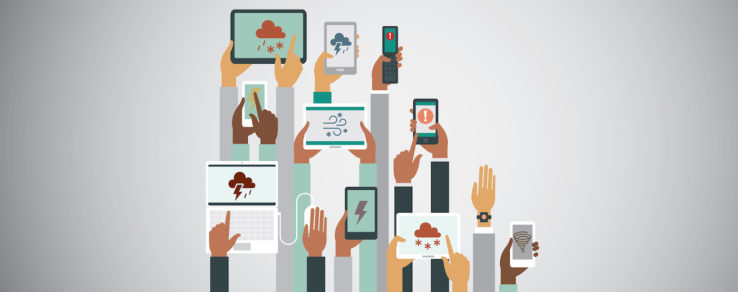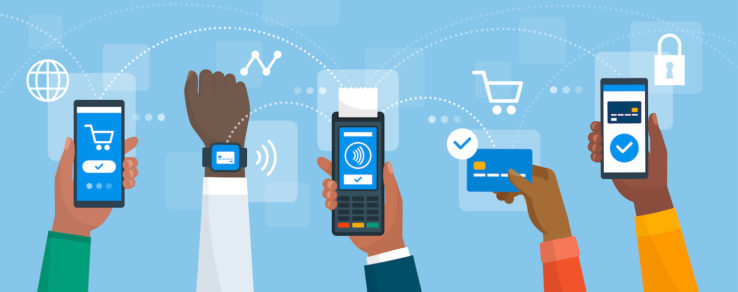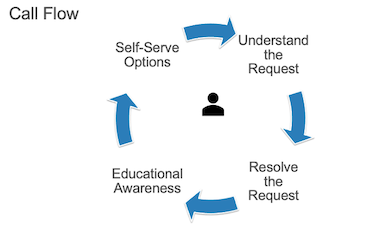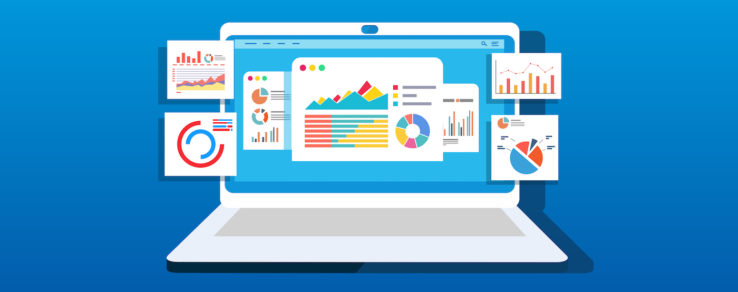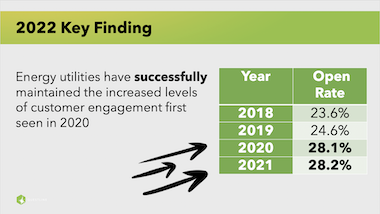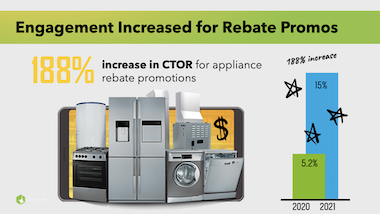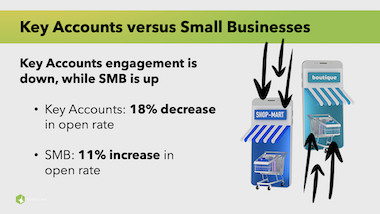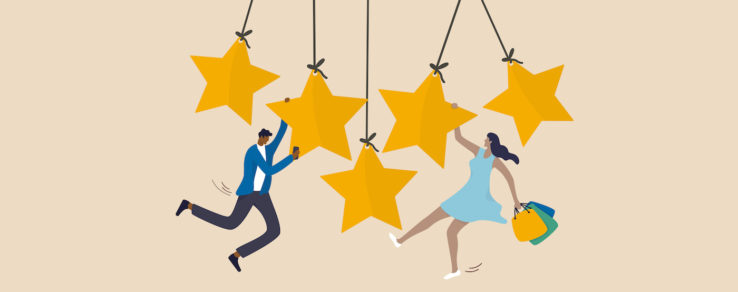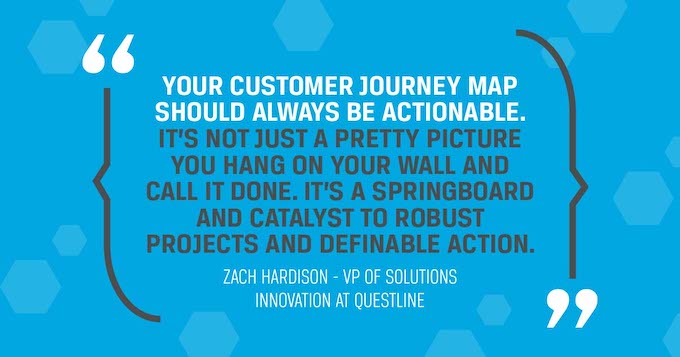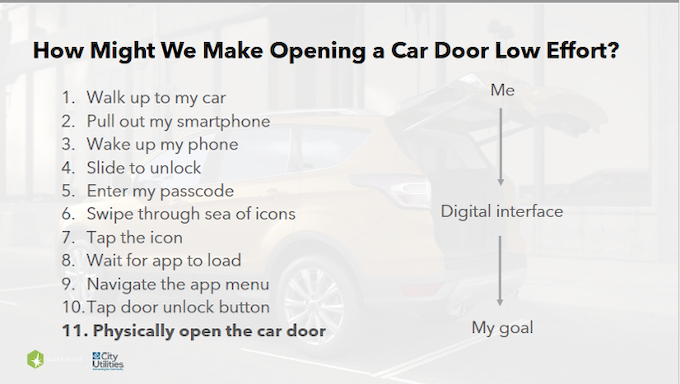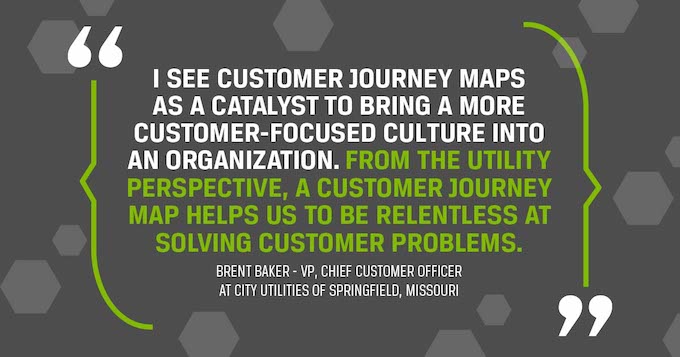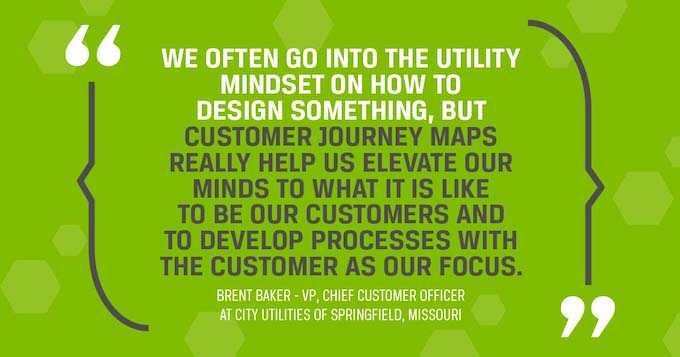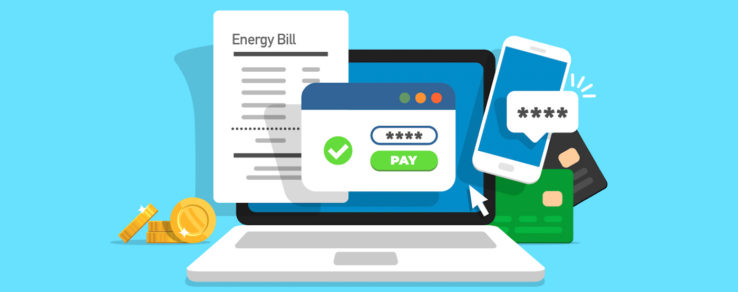Power outages can occur at any time for any reason, whether due to severe weather, equipment failure or even animal obstruction. Your customers look to your utility for outage updates. That’s why proactive emergency communications are key.
In Questline Digital’s webinar, “Proactively Engage Customers with Emergency Communications,” Vonetta Burrell, Manager of Corporate Communications at Belize Electricity Limited (BEL), and John Bord, Manager of Customer Experience at Tucson Electric Power (TEP), share how to prepare customers before, during and after severe weather events with emergency communication strategies.
Different Customers, Different Emergency Communications Channels
Every customer is unique, as is the utility that serves them. For Belize Electricity Limited, Belize is considered both a Central American and Caribbean nation, with a population of over 400,000. BEL serves 170,000 customers of varying cultures. Burrell says, “This is important to know because what might work for one customer may not work for another.”
Burrell explains that in urban areas of Belize, they tend to like social media updates from the utility. In other areas, radio is the best form of communication because customers may not have consistent internet. For others, direct SMS communication is most effective.
“These are things we consider to ensure that we are reaching the right audience using channels that are preferred by them,” Burrell says.
BEL has a number of drivers that encourage proactive notifications, including their commitments to both regulators and customers. Additionally, they have set standards for the timeliness of the utility’s internal communications and customer notifications.
“We are required to make sure we are issuing notifications in a timely manner, whether these are planned or unplanned or emergency scenarios,” Burrell says. “As a company, we also have implemented our internal standards to make sure we are holding ourselves at an even higher level in terms of timeliness of communication.”
Typically, BEL strives to inform customers at least two business days ahead of planned outages and within 15 minutes of unplanned outages, events or emergencies. The utility primarily uses SMS for initial contact with customers, but they also share updates on the mobile app, website and even a Facebook group. This group allows customers to have two-way communications with the utility.
“It’s not always about what you want to tell your customers,” Burrell says. “They may have valuable information to share with you as well.”
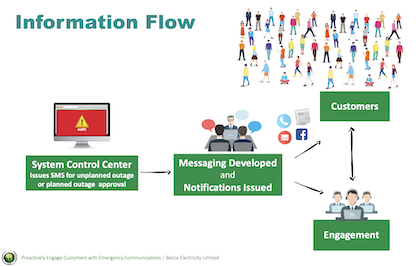
Engage with customers across channels
BEL considers its wide range of communication channels instrumental to engaging with customers. The utility utilizes a variety of platforms, including:
- Social media
- SMS
- Mobile app
- Direct calls
- Website
- Radio
- Television
- Newspaper
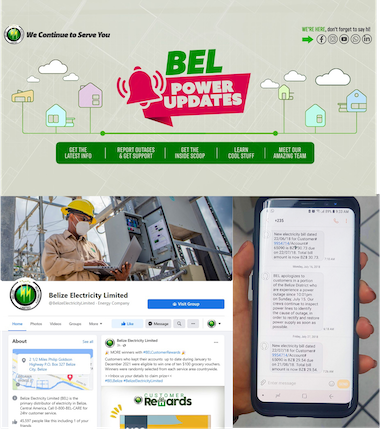
Burrell encourages utilities to use social media as a two-way communication method.
“While you may be opening up yourself for more comments, more negativity, more criticism, it also helps you to understand your audience,” she says. “While it may seem like chatter or complaints, it’s actually helping to determine what do we need to address, what do we need to improve, what are the educational messages that we’re not doing enough of. Sometimes it gets sticky, sometimes it gets rough, but it’s better to have a response rather than leave comments unanswered.”
Apart from internal channels, Burrell stresses the importance of developing relationships with external stakeholders, such as the media or online influencers, well in advance of emergencies. She explained that people will listen to those they trust, which may not always be the utility itself. Having ambassadors share the utility’s message in a timely, accurate matter is imperative to connecting with customers.
Every Minute Counts for Effective Emergency Communications
For Tucson Electric Power, the utility knows the typical timing of its storm and outage seasons, making it possible for the utility to educate customers in advance. Bord says that their typical outages occur between June and September. June often sees extreme heat outages, while the other months see increased rain, lightning and wind outages.
Bord shared that TEP has learned from research that customers have three main outage questions:
- What is the estimated time of restoration?
- What is the cause?
- Have work crews been dispatched?
According to TEP, following through with appropriate answers to these questions helps customers feel relieved and in-the-know. Additionally, TEP encourages sharing helpful information with customers, such as:
- Number of customers impacted
- Acknowledgment of lost power
- What time the outage began
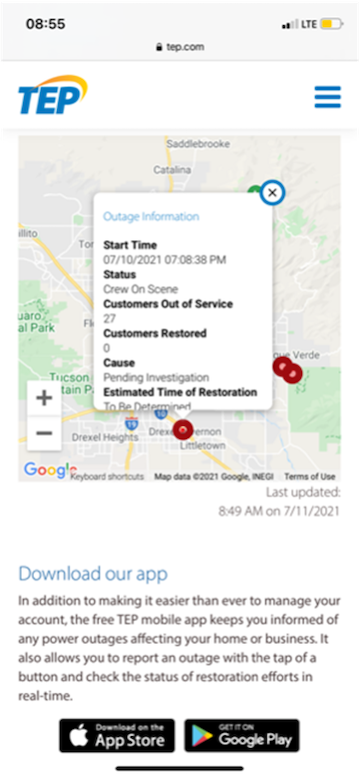
TEP uses its outage map to keep customers informed. Within the map, customers can click on various outage areas and immediately find out:
- Start time
- Status
- Customers out of service
- Customers restored
- Cause
- Estimated time of restoration
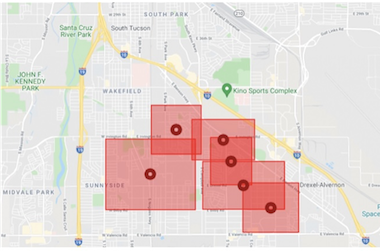
“We really want to keep our resources in front of the customers, remind them of the summer storm season and drive customers to the outage map to reduce calls to the contact center,” Bord says. Additionally, TEP deploys newsletters and sponsors local TV weather spots to share information.
Research shows customers only want one or two updates regarding the estimated time of restoration. “Satisfaction declines if you do three or four updates,” Bord says. “It creates uncertainty and stress.”
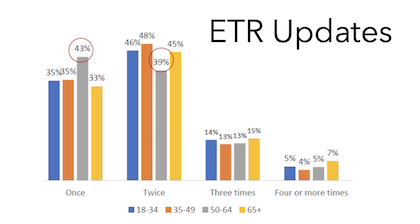
TEP also attributes its emergency communication strategies to its customer journey mapping progress. “We conducted journey mapping to look at the current and future states of outages and residential versus business expectations,” Bord says. “Journey mapping really brought our cross-functional teams together to have more of an indication and wider lens of looking at an outage.”
This also led to producing more extensive pre-emergency planning and communications for customers. “If an outage were to happen, it’s almost like creating a strategic playbook,” Bord says. “Everybody knows what, when, where and how to address that situation.”
As TEP works to advance its pre-emergency planning, the utility is also working on more customer-friendly messaging. “Sometimes, putting some of our utility speak or terminology on an outage map doesn’t mean anything to the customer,” Bord explains. “Is there a better way to phrase an equipment failure and if it causes an outage, what’s the best way to communicate that?”
Positive Outcomes for Negative Events
Both Burrell and Bord emphasized that clear, consistent and proactive messaging is critical. “People have too many things on their mind in an emergency,” Burrell says. “You want to make sure that you are specific, clear, easy-to-understand and consistent.”
Even when outages arise, Burrell encourages humanizing the situation and reminding customers that real people are involved. This helps to not just share a blanketed response with customers, but to bring a human element as well.
“An outage is a negative event, but it’s also a great opportunity for a utility to shine,” Bord says, “to show our customers how great we perform when there’s an issue so that we can really move the needle on customer satisfaction.”
